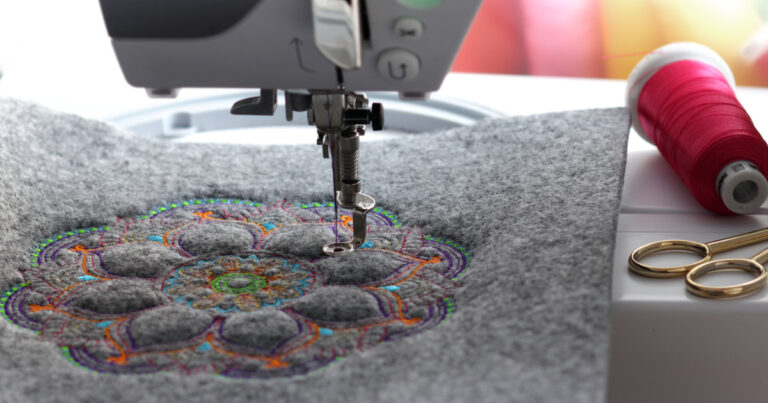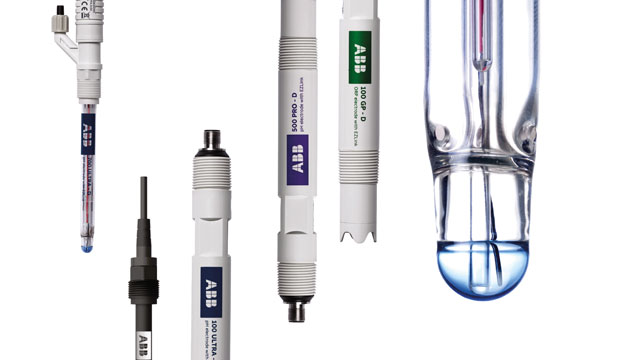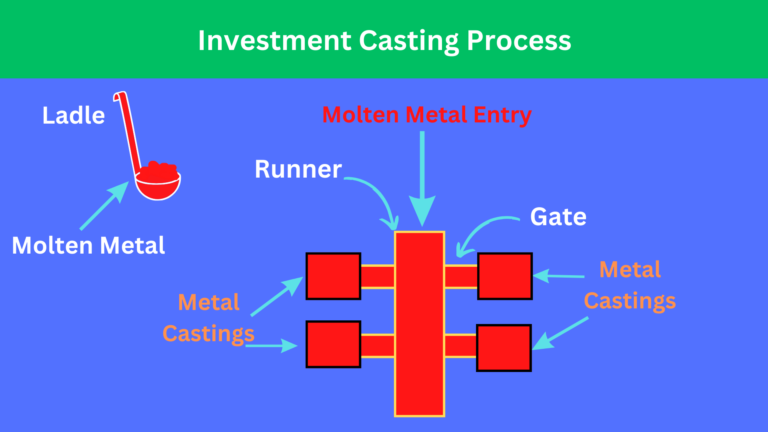Dealing with a Toilet Bowl Choke: Causes, Solutions, and Prevention
A functioning toilet is something most people take for granted until a problem occurs. One of the most common and frustrating household issues is a toilet blockage. Not only can it disrupt daily life, but it can also create unpleasant odors and unsanitary conditions if not addressed quickly. Understanding what leads to such issues, and how to deal with them properly, is essential for every household.
What Is a Toilet Bowl Choke?
A toilet bowl choke occurs when water cannot flow smoothly from the bowl into the drainage system. This happens due to a blockage, which may be caused by foreign objects, excessive waste, or buildup of non-dissolvable materials. While some minor clogs can be resolved with simple tools, persistent or severe blockages may require professional assistance to avoid damage to the plumbing system.
Common Causes of Toilet Blockages
Excessive Toilet Paper
Although toilet paper is designed to dissolve in water, using too much at once can cause a blockage, especially in older plumbing systems.
Foreign Objects
Items such as wet wipes, sanitary products, or children’s toys are among the most frequent culprits. These items are not designed to break down easily in water and often get stuck in the pipes.
Mineral Buildup
In areas with hard water, minerals may accumulate inside pipes, narrowing the passageway and making blockages more likely over time.
Faulty Design
Sometimes, the issue lies in the toilet’s design. Low-flush toilets or poorly installed drainage systems may not provide sufficient pressure to move waste effectively.
Aging Pipes
Older plumbing systems may corrode or develop irregular surfaces, which trap debris more easily than smooth, modern pipes.
Signs That Your Toilet Is Blocked
- Water rising unusually high after flushing
- Slow drainage that takes longer than usual
- Gurgling sounds from the bowl or nearby drains
- Foul odors that persist even after cleaning
- Complete inability to flush down waste
Solutions for a Toilet Bowl Choke
Using a Plunger
A standard household plunger is often the first line of defense. By creating suction and pressure, it can dislodge softer blockages.
Plumbing Auger (Toilet Snake)
For tougher clogs, a plumbing auger can be fed into the toilet to break apart or retrieve the obstruction.
Hot Water and Soap
Pouring a mixture of hot water and dish soap into the bowl can sometimes dissolve or loosen minor clogs.
Enzyme-Based Cleaners
Unlike harsh chemicals, enzyme cleaners are safer for pipes and work by breaking down organic waste over time.
Professional Help
If home remedies fail, professional plumbers use specialized tools like high-pressure water jets and inspection cameras to clear stubborn blockages safely.
Why Avoid Harsh Chemical Drain Cleaners?
Chemical cleaners may seem like a quick fix, but they often cause more harm than good. They can corrode pipes, damage the porcelain finish of the toilet, and even create toxic fumes. Over time, these solutions may worsen the problem instead of resolving it.
Preventing Future Toilet Blockages
Flush Responsibly
Only human waste and reasonable amounts of toilet paper should be flushed down the toilet. Avoid disposing of wipes, cotton pads, or other non-flushable items.
Regular Maintenance
Routine inspections help identify early signs of slow drainage before they escalate into full blockages.
Install Drain Covers
In some cases, drain covers can help prevent foreign objects from accidentally entering the system.
Educate Household Members
Children, in particular, should be taught not to throw toys or other items into the toilet.
Check Water Pressure
Ensuring your toilet has sufficient flushing power helps reduce the risk of recurring blockages.
When to Call for Professional Assistance
Some situations go beyond DIY fixes. It’s best to seek expert help when:
- The toilet is frequently clogging despite careful use
- Water leaks are visible around the base of the toilet
- Multiple drains in the home are experiencing blockages
- DIY methods have been unsuccessful after several attempts
The Importance of Timely Action
Delaying repairs for a toilet bowl blockage can lead to bigger issues such as wastewater backing up into the bathroom, damage to flooring, or even structural problems caused by leaks. Immediate action not only restores convenience but also protects health and property.
Conclusion
A clogged toilet is more than just a minor inconvenience—it’s a problem that can quickly escalate if ignored. By recognizing the causes, applying safe solutions, and practicing preventive measures, households can avoid recurring blockages. When the issue becomes too complex, reaching out to a professional ensures a safe and lasting resolution. Addressing a toilet bowl choke promptly helps maintain hygiene, comfort, and peace of mind in every home.







